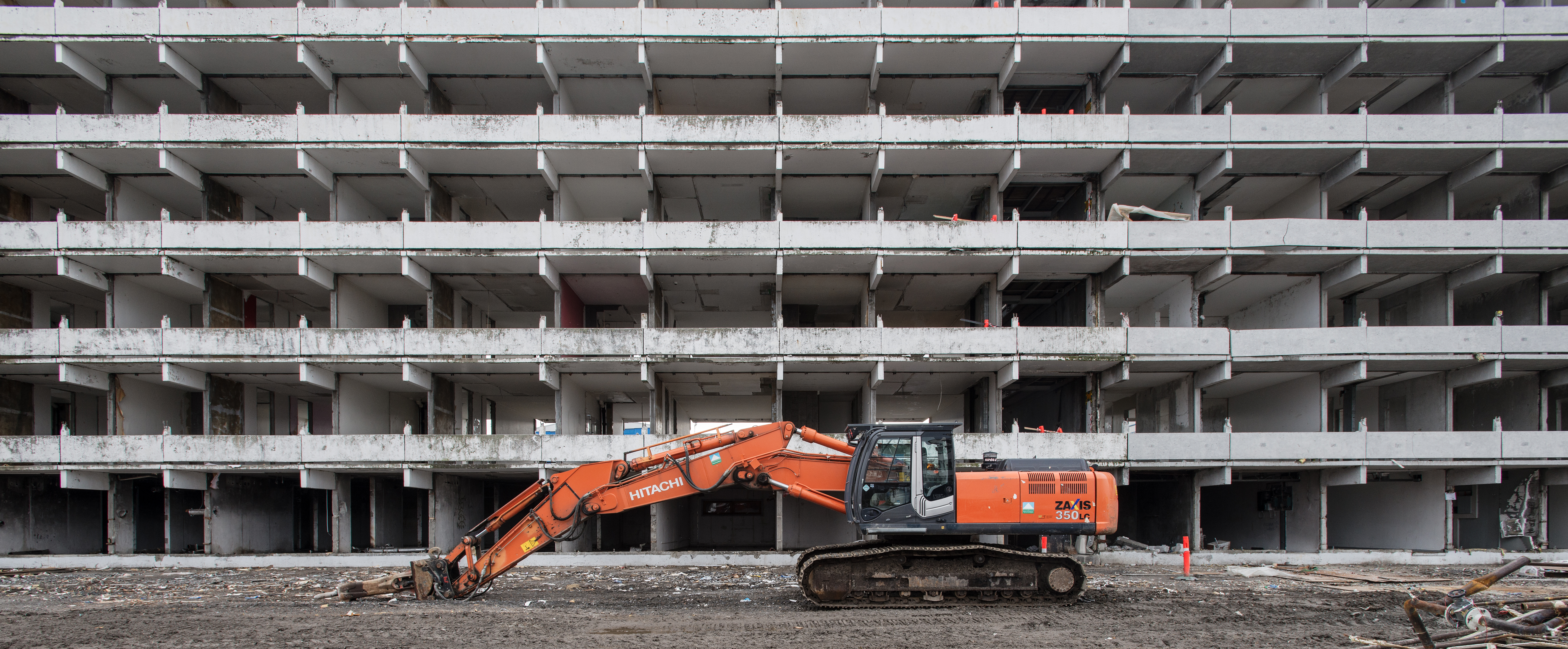Object Study: Blok P

Social issue or a luxury?
The CAS project After discourse: Things, archaeology, and heritage in the twenty-first century invited postdoc and author Tone Huse to hold an open seminar, which was titled Object Study, Blok P. Huse is a social geographer who together with photographer Carsten Aniksdal has explored Blok P since the inhabitants moved out.
Blok P has been viewed as a symbol of particular social issues in Greenland. Greenland’s largest building, with 350 apartments, Blok P had become synonymous with substance abuse and domestic violence. However, interviews with previous Blok P occupiers reveal another story, which associates Blok P with happy childhood memories as well as with symbols of modernity and luxury, such as hot and cold running water. Huse observes,
– Both narratives are true and they can coexist.
She finds that there is a symbolic circularity to the materiality of Blok P. During the building process in the 1960s all the material was imported from Denmark, except for the concrete, which was produced in Greenland. The work of demolishing Blok P was meticulously carried out. Because of the presence of asbestos and toxins, they had to sort out all the building materials:
– Everything was picked apart and sent back to Denmark, except for the concrete, which stayed in Greenland.
What now?
Huse asks the question: was the demolition part of a ritual, distancing society from the negative things associated with Blok P? She has found that the demolition was necessary because the building was in a bad state, and getting it fit for habitation again would have been too expensive, but there is also a symbolic value to the life cycle of Blok P.
This large housing project was born in a time of change for Greenlandic society, to answer demands for urbanisation and modernisation. The year 2012 marked the end of Blok P, however. It was demolished and the area is now left open, insecure—and full of potential. Huse concludes,
– There is insecurity in what the future will hold, both for Greenland and for the area where Blok P stood.